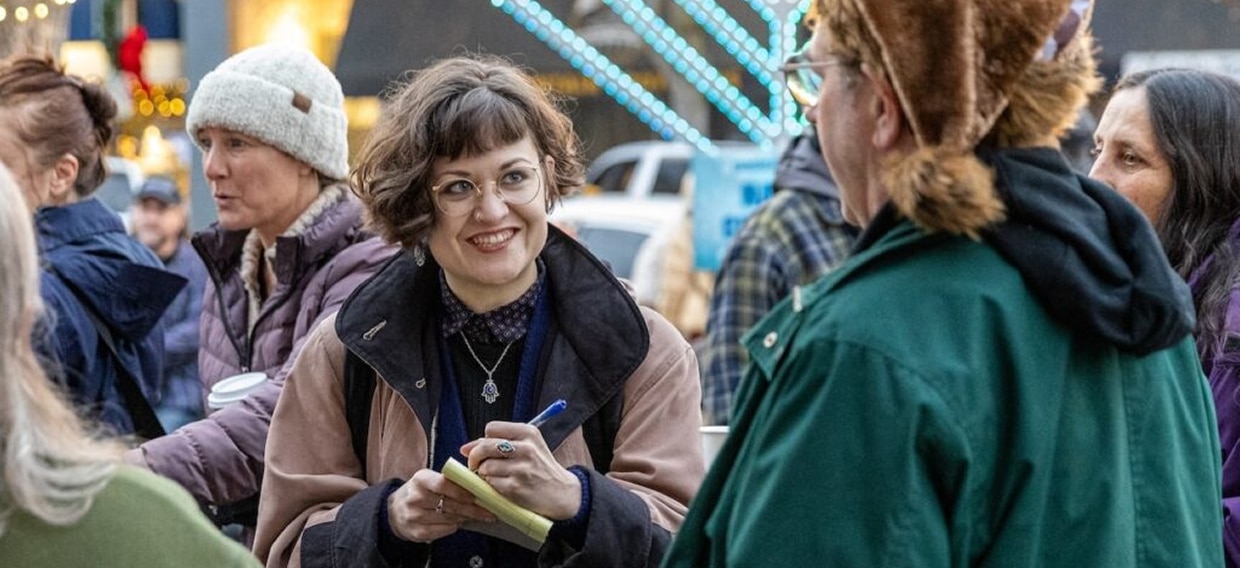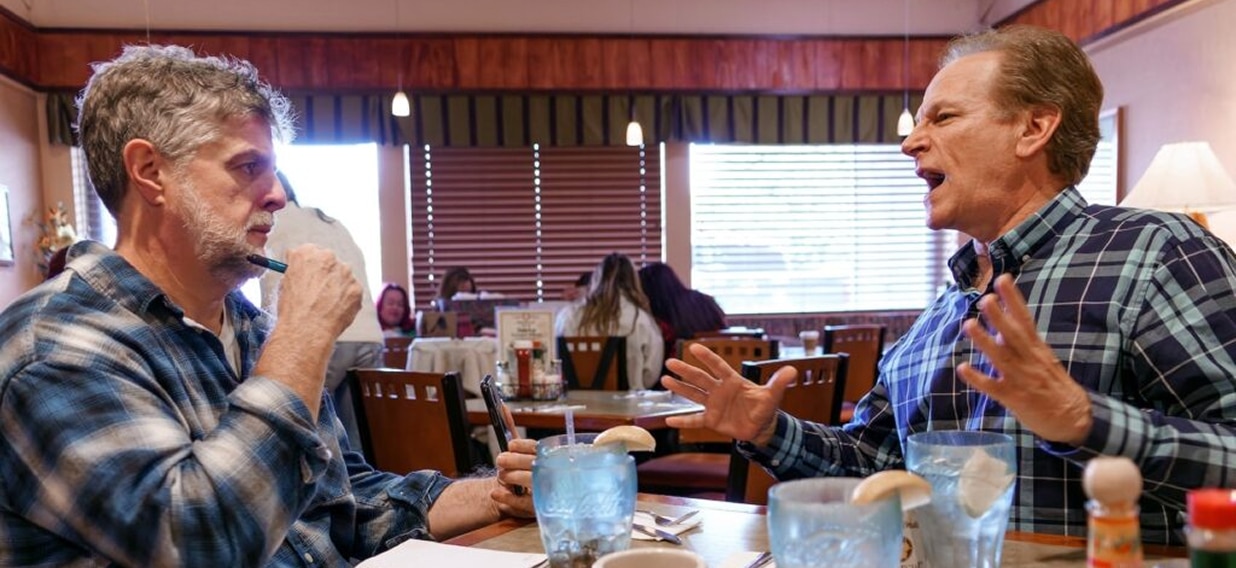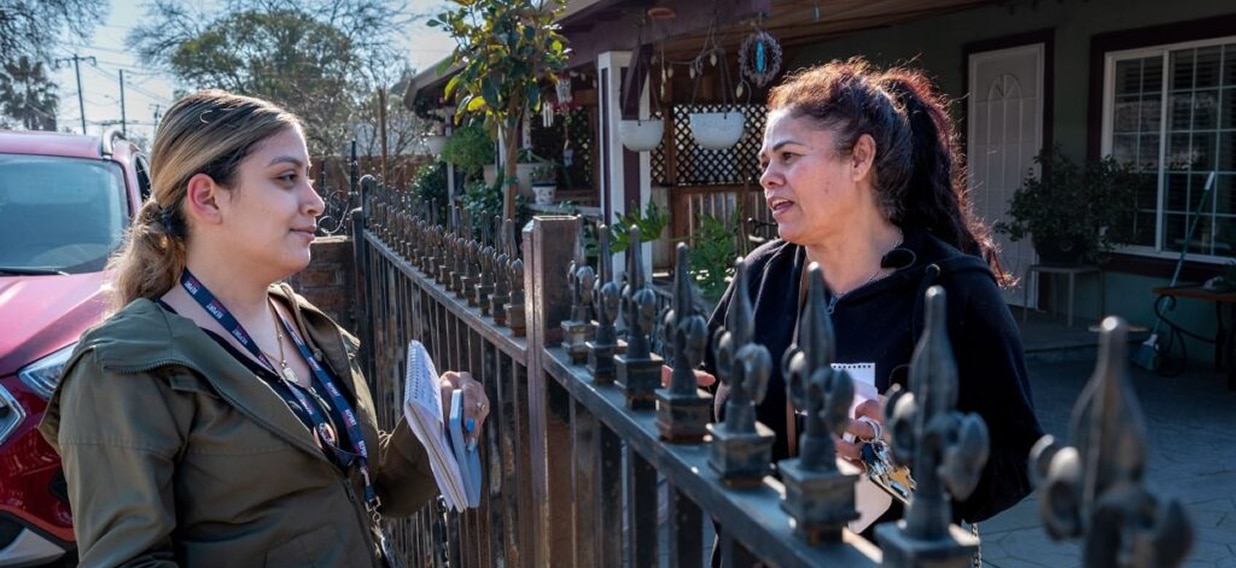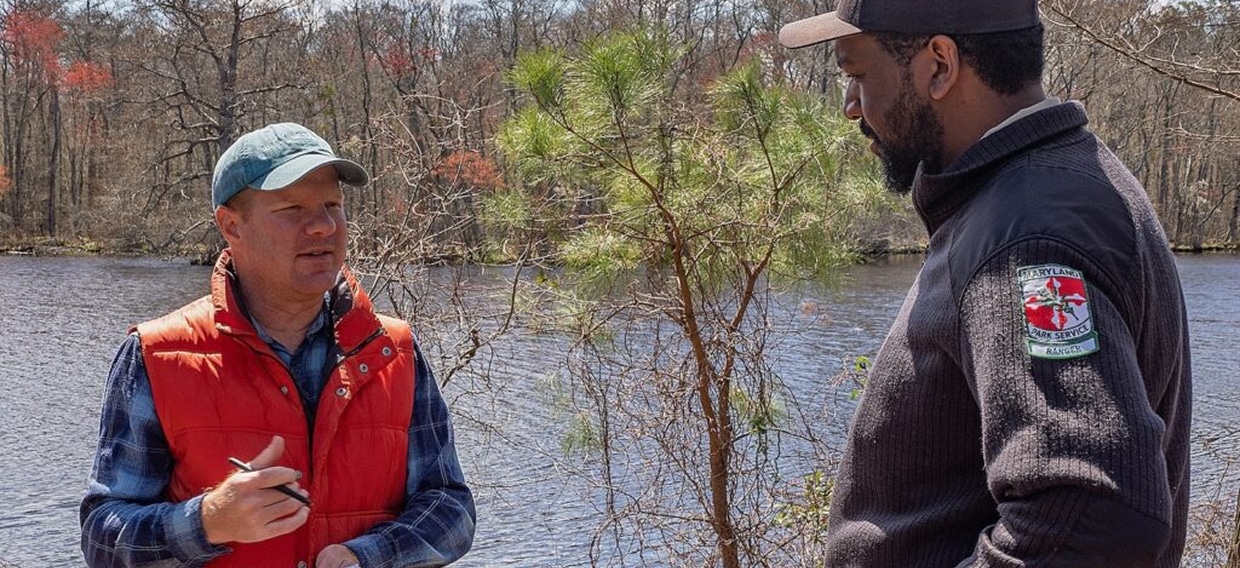In the lead-up to Election Day 2024, Mountain State Spotlight spent months surveying readers across West Virginia about what topics and issues they wanted to hear candidates discuss. That data served as the basis of the organization’s voter guides and election coverage, and continues to be at the center of the outlet’s reporting state and local government.
Ken Ward, founding editor-in-chief of Mountain State Spotlight, talked with INN about how his small team took on election surveys across the state. This Q&A has been lightly edited for clarity and length.
INN: Tell us about Mountain State Spotlight. What do you see as the outlet’s primary mission?
Ken Ward: Our mission is to help West Virginians make our state a better place by giving them the accountability journalism that they need to get involved in civic affairs.
INN: What led you to start Mountain State Spotlight?
Ward: I worked for 28 years at The Charleston Gazette, the largest newspaper in West Virginia, doing mostly daily and long-form accountability stories and investigations. I had the opportunity to also work with the Local Reporting Network of ProPublica, which opened my eyes to nonprofit news — not just business plans for nonprofit news, but also the different ways that a nonprofit newsroom can think about itself as beholden to the people they are supposed to serve.
As a number of changes were made to the newspaper, I decided to leave. I was working with ProPublica at the time, and they graciously agreed to support the creation of Mountain State Spotlight, as did Report for America and the American Journalism Project.
INN: Who is your primary audience, and has that changed since you launched?
Ward: All West Virginians have information needs that are not being met in all sorts of different ways. Everyone in West Virginia needs the kind of journalism that we are producing. Our audience, at the end of the day, is all West Virginians.
West Virginia is a deceptively large and diverse state. All these places have very different economies, very different cultures, and that makes it a challenge to serve all of their needs. With our reporting staff of six reporters, three editors and an audience manager, we are not positioned to cover the city council, the county commission, and the school board in all of these counties, which is really what people need. That is one of the reasons we need to be very ambitious and seek ways to better serve all of those audiences.
We know from research that our audience is West Virginians who have time to spend engaging with news. It is more educated West Virginians, and West Virginians with more disposable income. Our audience also is more liberal than West Virginia as a whole, but we’re changing that because we know that there are huge information gaps here.
We’re trying to ask people what they need before we tell them they should trust us to deliver it.
INN: You conducted election surveys before the November elections. What lessons did you learn from doing that?
Ward: One of the things we’re trying to bake into our journalism is this idea of you have to ask before you can tell. We’re trying to ask people what they need before we tell them they should trust us to deliver it. This year, we really dug in on it and modeled a lot of our work after The Citizens Agenda that Jay Rosen and Hearken worked on, which I view as taking elections back from career campaign consultants. We started before the primary, asking people who already read us, “What do you want to hear candidates talking about as they’re asking for your vote?”
It’s really important the way the question is phrased. If you start with, “What issues do you care about in this election,” you’ve immediately labeled this “issues” that are determined by political insiders. Just asking people, “What do you want to hear candidates talking about,” steps back and puts it into people’s hands.
Then we held a series of engagement meetings around the state and wrote stories about them. We also took reporting trips to all 55 counties and wrote stories based on those. We would then go to the people who were running for office in that county and ask them questions based on what we heard from voters. We published those responses.
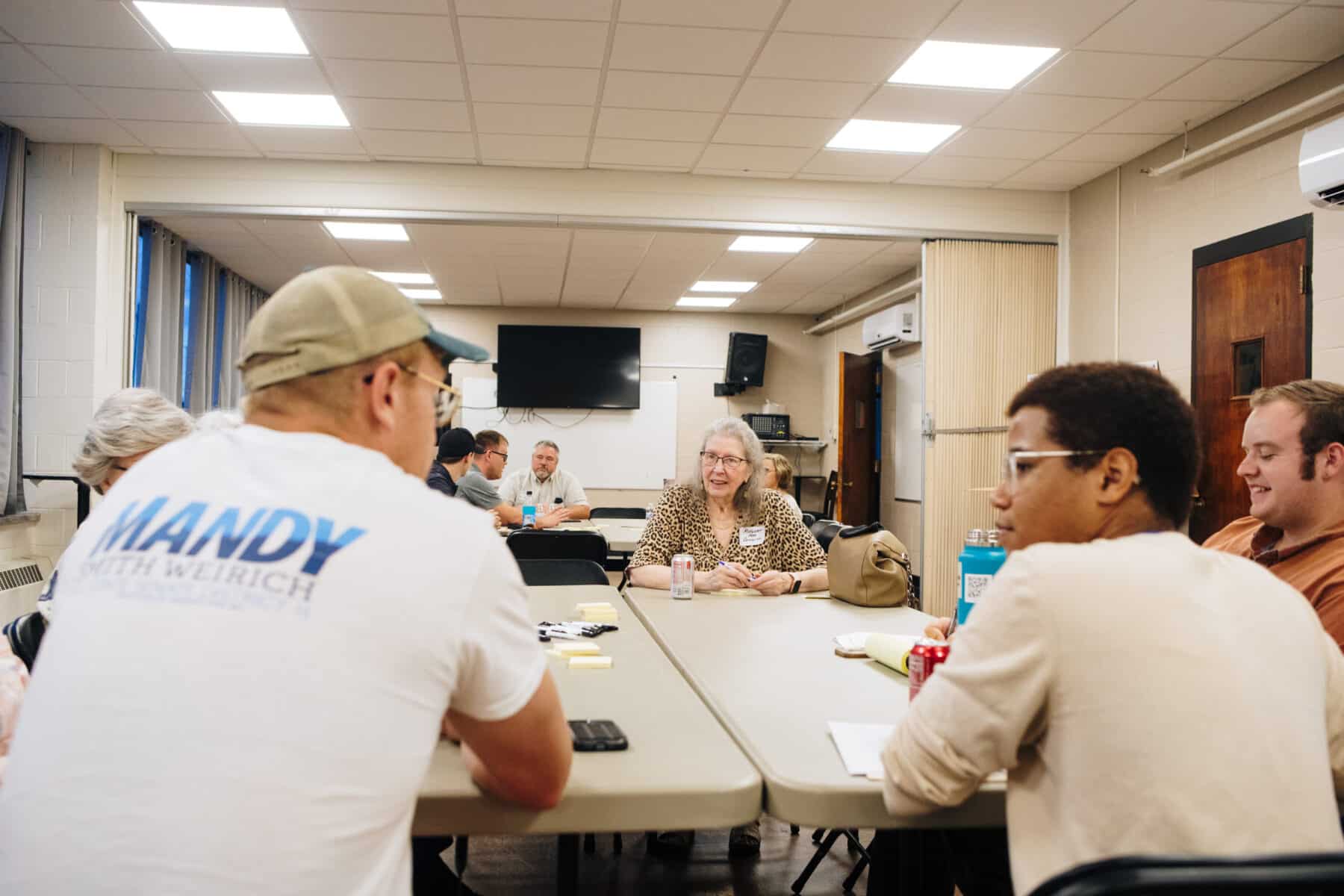
From all of our travels, we came up with a list of questions to send to every legislative candidate, every statewide office candidate, the U.S. Senate candidates in West Virginia. We published the responses, and we’ve published a series of stories that were based around those issues. We plan on using our Citizens Agenda of things that West Virginians want done to frame our coverage of the legislative session.
This really should be a cycle of communication where we ask people, “What do you need from your government in West Virginia?” Then we go to the government and say, “People say they need this. What do you say?” Then we give those answers back to people. Citizens and their needs are driving not just the conversation, but also the journalism about the conversation, in a way that is much more healthy for democracy than allowing a bunch of posters and campaign consultants to do it.
INN: What challenges did you face when you were doing these surveys? What lessons did you learn?
Ward: Start-up life in nonprofit newsrooms is a challenge, generally. It is not for the faint of heart, and it is hard. During the course of the run-up to the election, we had two vacancies in our reporting staff. We finished this project with four reporters instead of six. That’s a basic challenge.
It’s gonna sound like a weird challenge, but with reporting trips in West Virginia … mileage, hotels and meals are really cheap. It becomes difficult to show that you need a lot of money to do it when the basic structure of philanthropy in this country is not built as journalism needs it to be, around unrestricted revenue.
What would we do differently? We would have maybe five times as many reporters. The challenges that local newsrooms face, much of it can be fixed with more money. It doesn’t do any good to be building a newsroom that’s delivering lots of important journalism if, in the process, everybody who’s doing that work is burned out.
I think we would start sooner in planning out the trips and planning more time off for people between these trips. Planning the visuals and alternative ways of telling the stories, if we had planned it out, we would have had a stronger presence on Instagram, maybe TikTok, and certainly more video and audio with some of the voices of West Virginians.
INN: What advice do you have for other outlets that are trying to engage harder-to-reach audiences, particularly in rural areas?
Ward: Something we would do better is find local partners for engagement meetings. We need to better partner with local organizations that can help get the word out about what we’re doing. Partnerships are one way to really increase that engagement and get more people to turn out. It also helps you get some buy-in in a far-off rural community that might be a little wary of you because you’re from the big city in Charleston.
People in other parts of West Virginia, they think the legislature in Charleston doesn’t know anything about them or their needs. They think the same thing about a newsroom based in Charleston. So if you can partner with local people or local organizations, you can get some buy-in that way. It helps you build those relationships that are going to pay off.
INN: What are the next big projects you’re excited about in 2025?
Ward: We have a legislative session, and we’re going to have a new governor. How do we set up that new governor taking office, journalistically, based on the [West Virginia] Citizens Agenda? Then how do we prepare to cover a legislative session In a way that continually comes back to that Citizens Agenda?
This will be our fifth legislative session, and we’re hitting our stride in trying to do two things: Take people inside the capitol so they see the sausage being made, and take people outside of the capitol to show the impact of that sausage-making.


